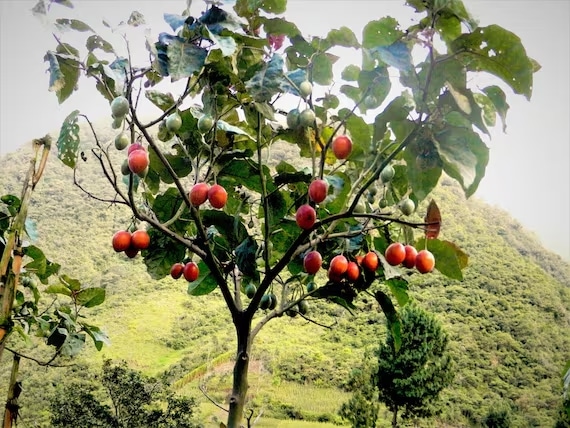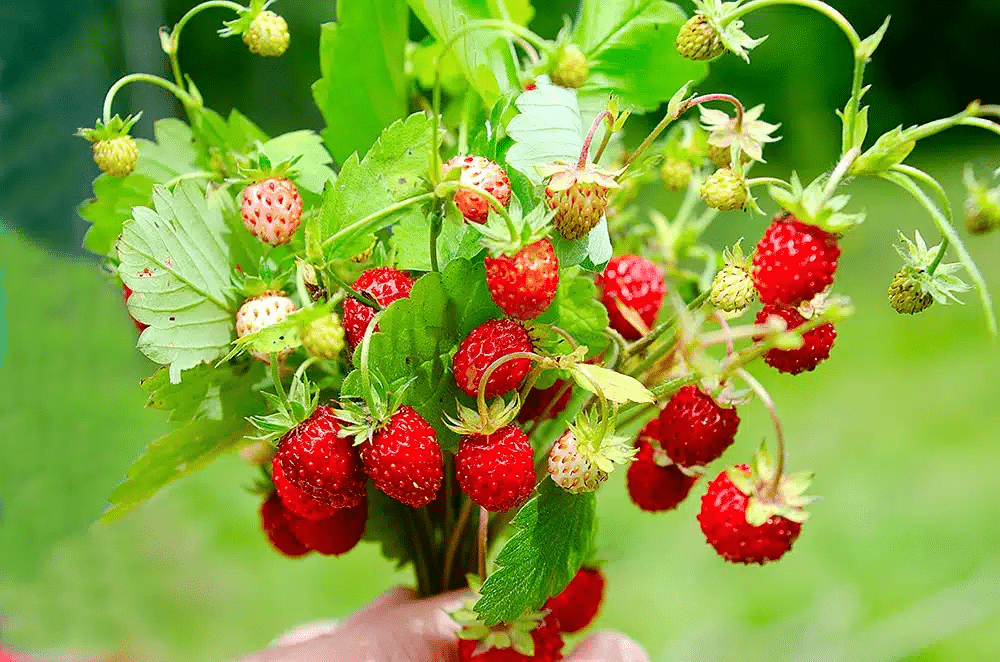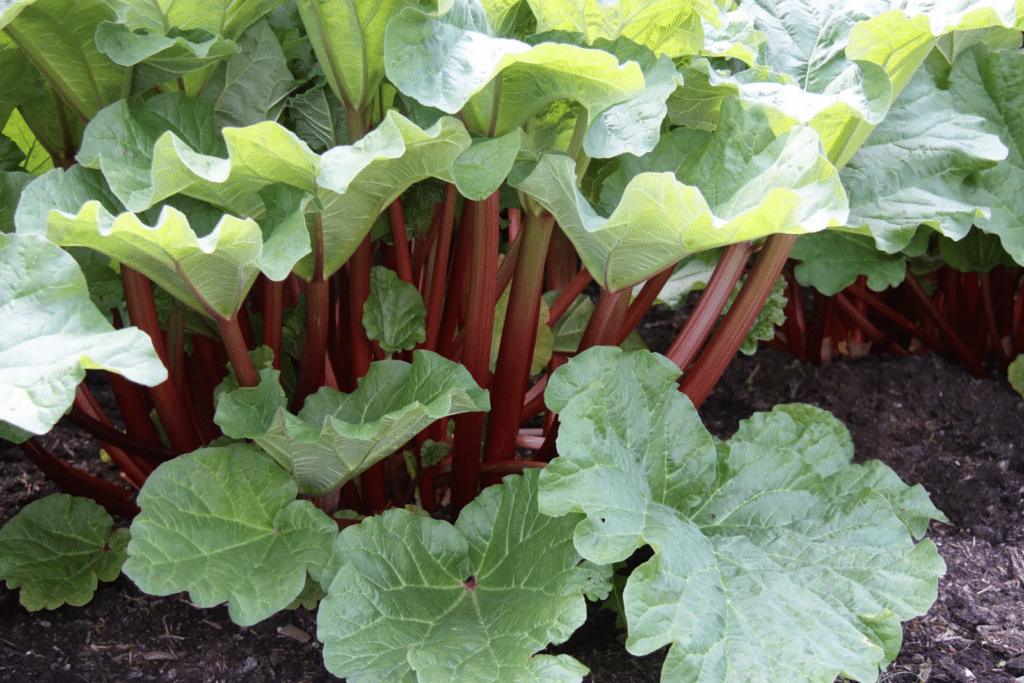21 Edible Plants You Can Grow in the Shade
Do you have shaded areas in your garden and still want to grow edible plants? Here are 21 edible plants that thrive in shady conditions, ensuring you can utilize every part of your garden to grow nutritious food. This list includes tips to help your plants thrive.
1. Rainbow Chard
Rainbow chard is a vibrant, colorful plant that brightens up any garden, especially during autumn and winter. It is versatile and can be used in various dishes, adding a pop of color to your plate. Rainbow chard grows slower in the shade, which can be advantageous as it helps you manage your harvests better.

2. Sweet Potato
Sweet potato is an excellent edible ground cover that grows well even in full shade. It dies down in colder months but regrows in spring. Sweet potato leaves are edible and can be used like spinach. In the shade, the plant might produce smaller roots but larger leaves as they try to capture more sunlight.

3. Rocket (Arugula)
Rocket is a leafy green with a peppery bite, perfect for salads and pizzas. It grows well in the shade but needs plenty of water to prevent bitterness. Planting it in the shade can help manage the harvest as it grows slower.

4. Lettuce
Lettuce thrives in dappled sunlight and part shade, especially during summer. Shaded areas help extend the lettuce growing season, preventing it from going to seed too quickly. Planting lettuce in various garden spots ensures a continuous harvest.

5. Tamarillo (Tree Tomato)
Tamarillo is a unique plant with tart, tomato-like fruits. It grows well under canopies, providing protection from wind and frost. Tamarillo needs large leaves to thrive and benefits from the protection of a shaded environment.

6. Kale
Kale grows well in the shade, especially in warmer months. It might grow slower in shaded areas but still produces abundant leaves. Harvesting a few leaves at a time allows the plant to continue growing.

7. Nasturtium
Nasturtium grows wild and thrives in full shade. Its peppery leaves and colorful flowers are edible and can be used in salads or as mini wraps. Shaded nasturtiums often produce larger leaves.

8. Alpine Strawberries
Alpine strawberries are smaller than regular strawberries but can tolerate more shade. They are known for their sweet, wild strawberry flavor. These plants grow well in rocky outcrops and shaded areas.

9. Radish
Radish grows quickly, often maturing in about a month. It thrives in part shade and can be planted between other plants. Shaded radishes might grow a bit slower but still produce well.

10. Blueberry
Blueberries are native to North American forests and thrive as understory plants. They can handle shade well and prefer acidic soil. Growing blueberries in pots allows you to move them to optimize sunlight exposure.

11. Celery
Celery takes time to establish but grows well in part shade. It requires consistent moisture to prevent bitterness. Harvesting a few stalks at a time keeps the plant productive.

12. Parsley
Parsley is a versatile herb that grows well in part shade. It is forgiving and can thrive in various conditions. Use it in salads, pasta, or as a garnish for added nutrition and flavor.

13. Mint
Mint is an invasive herb that grows well in the shade. It is best grown in pots to prevent it from spreading uncontrollably. Mint adds a refreshing flavor to dishes and drinks.

14. Rhubarb
Rhubarb has large leaves that capture light well, making it suitable for shady areas. It requires rich, composted soil and consistent moisture. Rhubarb is a heavy feeder but thrives in part shade.

15. Bush Beans
Bush beans produce well in shaded conditions and are easy to grow. They form a bushy plant that doesn’t need support. Harvest the beans regularly to encourage continuous production.

16. Monstera
Monstera, also known as the fruit salad plant, grows well in shady corners of the garden. It produces large, lush leaves and unique tropical fruits. Monstera is low maintenance and beneficial for attracting insects.

17. Ginger
Ginger thrives in limited light conditions and produces beautiful, lush foliage. It can be grown in pots to allow for easy relocation to optimize sunlight. Ginger is a versatile culinary ingredient.

18. Chives
Chives grow well in shady areas and produce flavorful leaves used in various dishes. They require minimal care and are perfect for filling in garden gaps.
19. Mushrooms
Mushrooms thrive in damp, cool, and shady spots. They can be grown using mushroom spores on dowels and are perfect for areas where other plants struggle to grow.

20. Strawberry Guava
Strawberry guava grows well in shaded areas and produces delicious fruits. It is a prolific producer even in less-than-optimal sunlight conditions.

21. Herbs
Herbs like thyme, oregano, and basil can also grow well in shaded areas. They are hardy and versatile, making them a great choice for filling in garden spaces.
Tips for Growing Edible Plants in Shade
- Watering: Shaded areas retain moisture longer, so adjust watering accordingly to prevent overwatering.
- Pest Management: Shaded, damp areas attract pests like slugs and snails. Regularly check plants and use natural pest management methods.
- Containers: Use pots and containers to move plants around and optimize sunlight exposure.
By incorporating these plants into your garden, you can make the most of shaded areas and enjoy a continuous harvest of nutritious, edible plants.
